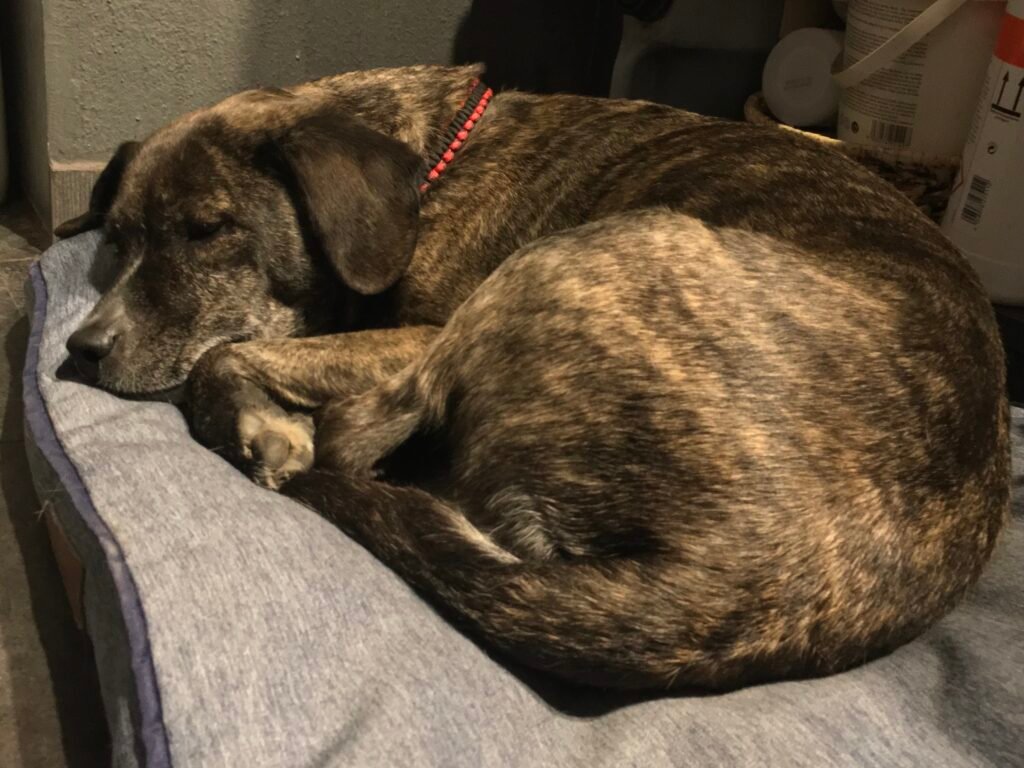Having a dog is like having a perpetual friend who is always happy to see you, but just like humans, dogs can feel lonely too. As dog lovers, it’s essential to understand our furry friends’ emotional needs. Dogs are incredibly social animals who thrive on companionship and interactions. When left alone for extended periods, they may start feeling lonely. Recognizing the signs of loneliness in your dog is crucial to ensuring their mental and emotional well-being. Let’s explore into the subtle and not-so-subtle hints that your dog might be feeling lonely.
1. Excessive Barking or Howling

Dogs communicate in various ways, and barking or howling is one of the most common methods. If your dog is suddenly barking or howling more than usual, especially when you’re not home, it could be a sign of loneliness. Think of it as their way of calling out to you, much like how a child might cry for attention. This vocalization is their attempt to express distress and seek comfort. While some breeds are naturally more vocal, a noticeable increase in barking or howling is worth paying attention to. It’s their way of saying, “I need you.”
2. Destructive Behavior

When dogs feel lonely, they may resort to chewing furniture, shoes, or even digging holes in the yard. This destructive behavior is often a manifestation of anxiety and boredom. Imagine being stuck alone in a room with nothing to do; you might start fidgeting or finding ways to entertain yourself, even if it means making a mess. Dogs are no different. Providing toys and engaging activities can help mitigate this behavior, but understanding the root cause is crucial for a long-term solution.
3. Changes in Appetite

A lonely dog might show changes in eating habits, either by losing their appetite or overeating. Just as humans might turn to food for comfort or lose interest in it when feeling down, dogs can exhibit similar patterns. If you notice your furry friend eating significantly more or less than usual, it might be time to consider their emotional state. Loneliness can affect their mood and energy levels, directly impacting their appetite.
4. Increased Sleeping

While dogs do love their naps, excessive sleeping can be a sign of loneliness. If your dog seems to be sleeping more than usual, especially during the times they would typically be active, it could indicate they are feeling isolated. Like humans, dogs may sleep to escape feelings of loneliness or boredom. Pay attention to their sleeping patterns and consider if they align with changes in their environment or routine.
5. Withdrawal or Clinginess
Lonely dogs might either withdraw from interactions, becoming less interested in playtime or social activities, or they might become excessively clingy, following you around the house. This behavior is their way of expressing their need for companionship. If your dog seems to be seeking constant attention or, conversely, isolating themselves, it’s essential to evaluate their emotional needs and provide reassurance and comfort.
6. Pacing or Restlessness
Pacing or restlessness often indicates a dog’s anxiety or discomfort. If your dog is continually moving around the house, unable to settle, it might be a sign of loneliness. This behavior is similar to when people pace back and forth when they are worried or anxious. Dogs may pace as a way to cope with their feelings of isolation and to expend nervous energy.
7. Lack of Interest in Toys or Activities

A dog that suddenly loses interest in their favorite toys or activities might be feeling lonely. Toys and playtime are significant sources of stimulation and happiness for dogs. If your dog seems indifferent to these, it might be because they are missing the social interaction that usually accompanies their favorite pastimes. Re-engaging them in play and spending quality time can help alleviate their loneliness.
8. Changes in Grooming Habits

Dogs are generally good at keeping themselves clean, but a lonely dog might groom excessively or neglect grooming altogether. Excessive licking can be a self-soothing behavior, similar to humans biting their nails when anxious. Conversely, a lack of grooming might indicate depression or disinterest in self-care due to loneliness. Monitoring their grooming habits can provide insights into their emotional health.
9. Escaping or Attempting to Escape

If your dog is trying to escape the yard or frequently bolts out the door, it might be a sign they are searching for companionship. This behavior is often driven by the desire to find social interactions and alleviate feelings of loneliness. Ensuring they have enough mental and physical stimulation at home can help curb this behavior and make them feel more content.
10. Showing Signs of Depression

Dogs can experience depression, much like humans do. Symptoms might include lack of energy, disinterest in activities they once enjoyed, and overall lethargy. If your dog seems down and isn’t responding to things that usually excite them, they might be feeling lonely. It’s important to pay attention to these signs and provide the affection and companionship they crave.
Understanding and recognizing the signs of loneliness in your dog is an essential part of being a responsible and loving pet owner. By paying attention to their behavior and making small changes to their routine, you can help ensure they feel loved and secure. Dogs are pack animals, and your companionship is invaluable to their well-being. Keeping them engaged, active, and emotionally fulfilled will help prevent loneliness and ensure they lead a happy and healthy life.

Esther is from India; the heartbeat of South Asia, holding a Master’s degree in Zoology and a postgraduate diploma in Animal Welfare. Her enthusiasm for animal welfare drives her passion and dedication to working for animals, ensuring their well-being, and advocating for their rights. With a solid academic background and hands-on experience, she is committed to making a positive impact in the field of animal welfare. In her free time, she enjoys embroidery and sewing. As a Chennaite from Tamil Nadu, Esther loves Bharathanatyam, an Indian classical dance form.





